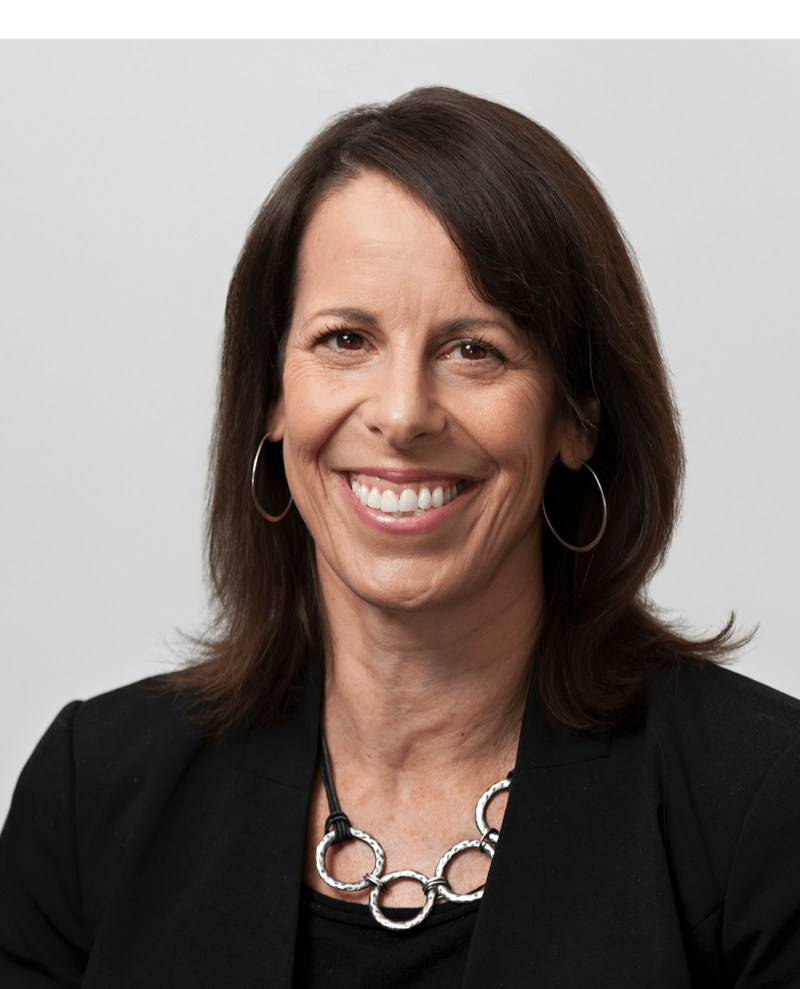
Sub-Zero was hungry for a more direct route to the true voice of their customers. With the help of an online community, they discovered rich insights about their brand, and some compelling benefits of a new research methodology.
“Voice of the Customer” research is all about uncovering the needs, wants, perceptions and preferences of your customer. Sub-Zero had traditionally reached out to a variety of stakeholders for feedback — architects who recommend home appliance brands, distributors and showroom managers at trade shows, input from customer service channels, and traditional consumer focus groups.
“All the input was helpful, but too fragmented,” says Jeannine Washkuhn, Wolf Product Marketing Manager, part of the Sub-Zero Group. “We wanted to leverage that existing data in a more robust way.”
They embarked on a different approach, using an online research community to find the authentic voice of the customer. Here are 11 things they learned about how an online community helped them achieve this goal.
1. They could adjust their research on the fly
The cross-functional planning team at Sub-Zero developed questions that served as a baseline for online research. But what they heard online was a community asking (and triggering) new questions — ones they never heard before.
Luckily, their planning team was forewarned about surprises like this and was prepared to adjust research exercises mid-stride. “We could tweak and refine our work plan without stopping our research or having to create a whole new online community,” says Jeannine.
2. They got the truth
Traditional focus group participants are aware that point-blank honesty may hurt someone’s feelings. So comments become guarded. Watered-down. Online, people feel comfortable being more direct.
“They say what you don’t want to hear, and that’s good,” says Jeannine Washkuhn. “What’s captured is a truer voice of the customer.”
3. Their online conversations had give-and-take
Social media is all about back-and-forth engagement. Likewise, online research allows you to listen and respond. It lets you adjust a discussion based on up-to-the-minute feedback and ask even smarter questions.
You have more time to follow up, monitor a live discussion, evaluate responses and dive into responses in real-time without delay. It’s like having a chat at the water cooler. Sub-Zero found its give-and-take conversation produced helpful, in-depth feedback.
4. The more engaged their participants, the more in-depth the results
Traditional focus groups have a more limited block of time, whereas online participants can and do take extra time thinking about their responses. “They’ll respond initially, then return later to refine or add thoughts,” says Jeannine.
Some participants uploaded homemade movies of Sub-Zero products to show what they liked, didn’t like, and wanted to see improved — rich in detail, not just numbered ratings on a scale of one to five.
“People were volunteering to make meals for us, and share recipes,” says the Product Marketing Manager.
5. They could customize both research and reporting
Sub-Zero actually created four online communities for their Voice of the Customer research: 1) Owners of Sub-Zero appliances, 2) Wolf sub-brand owners, 3) Specific architects, and 4) Distributors and showroom managers.
Not only did Sub-Zero get feedback from different groups simultaneously, they could tailor the questions and conversations to each group. Even internal reporting was flexible.
“Our engineers were hungry for details, whereas leadership wanted the broader insights. We could give people just what they wanted,” says Jeannine.
6. They could talk to fifty folks, or just one
Sometimes market research needs a broader sample. At other times you want to zero in on one comment from one participant. Sub-Zero could do both. They could ask public questions of everyone, or “private message” an individual.
“A single customer response can trigger a question for the broader group. We can increasingly follow up and test whether one person’s experience is common with others in the study.”
7. Their relationships could last a week, month or year
Sub-Zero’s online qualitative research was planned to last 5 to 8 weeks. “We had 8 exercises and spread them out, about one per week… to make it easy for people to respond,” says Jeannine.
The approach was so helpful that Sub-Zero continued the two-way conversation, collecting more data from their online community long after the initial research.
8. Their management/employee buy-in was easier
“Try getting several world-traveling execs in one room to review research. It’s not easy,” says Jeannine.
But even the busiest exec could login to an online community from anywhere. Everything was there, online and accessible (but secure). If they needed, Sub-Zero could have continued their two-way conversation, collecting more data from their online community long after the initial research.
“Co-workers were engaged. They’d ask me if we were going to respond to this online comment or that. It’s very dynamic,” says Sub-Zero’s Product Marketing Manager.
9. They could keep their engineers engineering, not interviewing
Traditionally, Sub-Zero would roll out new products and send product development engineers across the country to run post-launch interviews with stakeholders. But that’s not always a good use of engineering time. Engineers couldn’t act on product issues until they flew back to the office. Now they’re able to get much of that same feedback through Digsite.
“Now our engineers can login from the office, respond to customers faster, and be more productive,” says their Product Marketing Manager.
10. They received value-added insights about their brand message
For Sub-Zero, Voice of the Customer research is refining product designs. It’s also giving their marketing department insights on how the value proposition is communicated nationally to distributors, architects or consumers.
“From comparing geographical feedback, we can tell where our message is getting through, and where it’s dropping off,” says Jeannine. “That’s not something we expected to discover, but is invaluable to know.”
11. They got behind enemy lines
As a bonus, Sub-Zero got rich competitor feedback. How? Participants were responding from home where there’s bound to be a competitor’s appliance in the kitchen. In a way, Sub-Zero was behind enemy lines where customers compared brands.
“And the input was very emotional,” says Jeannine. “I hate this about brand X… I love that about brand Y.”
Hearing the Customer – Loud and Clear
Sub-Zero had total confidence in its traditional research methods. They weren’t sure if that research know-how would translate to a new online approach to reveal the true voice of the customer. It did.
Sub-Zero was able to identify challenges, opportunities and trends crucial to the brand’s long-term success, plus add some new strategies, tactics and strengths to their already-solid research expertise.
The voice of their customer has spoken, and Sub-Zero is happy to finally be able to hear what they had to say.
See Digsite in action and discover how if it fits your needs-join us for an interactive demo webcast!



